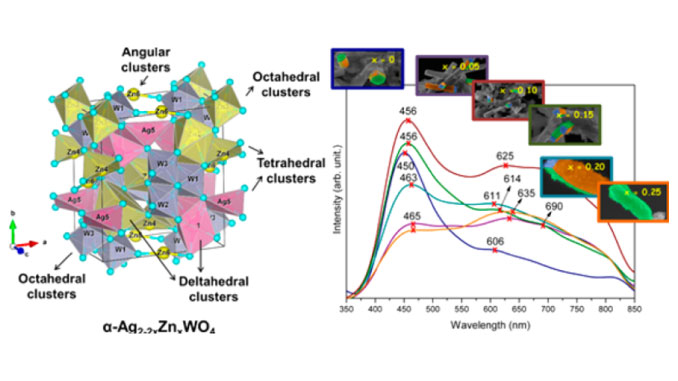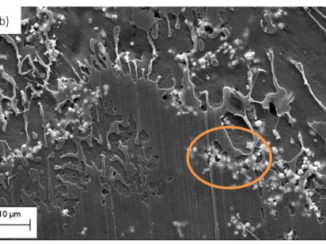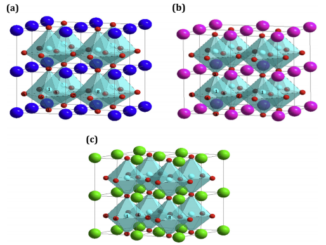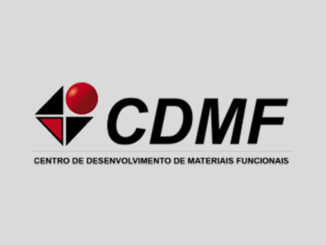
alpha-Ag2-2xZnxWO4 (0 <= x <= 0.25) Solid Solutions: Structure, Morphology, and Optical Properties
Abstract: A theoretical study was elaborated to support the experimental results of the Zn-doped alpha-Ag2WO4. Theses alpha-Ag2-2xZnxWO4 (0 <= x <= 0.25) solid solutions were obtained by coprecipitation method. X-ray diffraction data indicated that all alpha-Ag2-2xZnxWO4 (0 <= x <= 0.25) microcrystals presented an orthorhombic structure. The experimental values of the micro Raman frequencies were in reasonable agreement with both previously reported and calculated results. MicroScopy images showed that the replacement of Ag+ by Zn2+ promoted a reduction in the average crystal size and modifications in the morphology, from rod-like with hexagonal shape to roll:like with; a curved surface. A theoretical methodology calculations and Wulff constructions was applied to study the particle shapes transformations and the surface energy variations in alpha-Ag2-2xZnxWO4(0 <= x <= 0.25) system. The decrease in the band gap value (from 3.18 to 3.08 eV) and the red shift in photoluminescence with the Zn2+ addition Were associated with intermediary energy levels between the valence and conduction bands. First-principles calculations with density functional theory associated with B3LYP hybrid functional were conducted. The calculated band structures revealed an indirect band gap for the alpha-Ag2-2xZnxWO4 models. The electronic properties of alpha-Ag2-2xZnxWO4 and alpha-Ag2-2xZnxWO4 microcrystals Were linked to distortion effects and oxygen vacancies (V-O(x)) present in the clusters, respectively. Finally, photoluminescence properties of alpha-Ag2WO4 and alpha-Ag2-2xZnxWO4 microcrystals were explained by means of distortional effects and oxygen vacancies (V-O(x)) in [AgOy] (y = 2, 4, 6, and 7) and [WO6] clusters, respectively, causing a red shift. Calculations revealed that the substitution for Ag+ with Zn2+ occurred randomly in the alpha-Ag2WO4 lattice, and it was more favorable on the Ag4 site, where the local coordination of Ag+,cations was four.
Author(s): Pereira, PFS (Pereira, Paula F. S.); Santos, CC (Santos, Clayane C.); Gouveia, AF (Gouveia, Amanda F.); Ferrer, MM (Ferrer, Mateus M.); Pinatti, IM (Pinatti, Ivo M.); Botelho, G (Botelho, Gleice); Sambrano, JR (Sambrano, Julio R.); Rosa, ILV (Rosa, Ieda L. V.); Andres, J (Andres, Juan); Longo, E (Longo, Elson)
INORGANIC CHEMISTRY
Volume: 56 | Edição: 13 | Páginas: 7360-7372 | Published: JUL 3 2017
PDF: alpha-Ag2-2xZnxWO4 (0 <= x <= 0.25) Solid Solutions: Structure, Morphology, and Optical Properties
DOI: 10.1021/acs.inorgchem.7b00201




